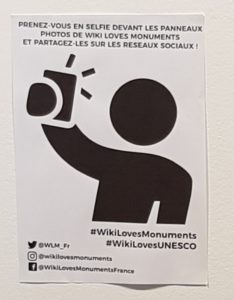EUROPEAN HERITAGE DAYS: VISITING RARELY ACCESSIBLE PLACES—FOR FREE!
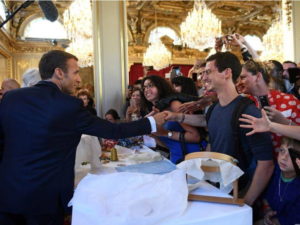
This year was the 35th edition of European Heritage Days that take place in September every year. During the designated weekend doors are opened to thousands of monuments and sites, many of which aren’t normally open to the public, or offer only limited access. As visits are free, the idea is to encourage people to learn about their local cultural heritage, and become actively involved in safeguarding it, not only for the present, but for future generations.
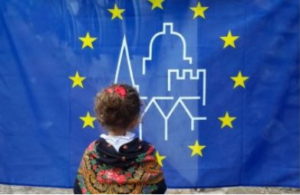
Started by the Council of Europe in 1985, European Heritage Days is now the most widely celebrated participatory cultural event in Europe, with over 50,000 events in 50 European countries organised every year. Although its main aim is to raise awareness of the richness and diversity of their own cultural heritage, the program has broader objectives. It strives to stimulate interest in Europe’s heritage, counter racism and xenophobia and encourage greater tolerance of other cultures across Europe, and importantly, inform the general public and political authorities about the need to protect cultural heritage.
From archaeological sites to architecture, from medieval castles to folklore traditions, arts and crafts, cultural heritage is at the heart of every community’s collective memory and identity.
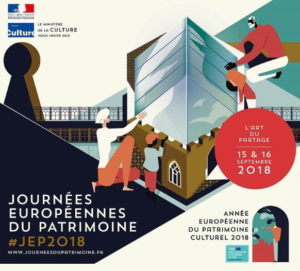
This year, the event was organised under two slogans: ‘Our heritage: where the past meets the future’, and ‘European Year of Cultural Heritage: The Art of Sharing’, which refers to past or existing stories that communities would like to share, and potentially develop into projects that contribute to their communities. In Greece, for example, a digital tool has been developed that connects historic buildings with stories, traditions, dances, soundscape, events, plays and books, that can be shared between communities and different cultures.
Throughout France, the weekend of 15-16 September this year saw more than 17,000 monuments and sites open, and 24,000 special events and exhibitions took place—and all for free.
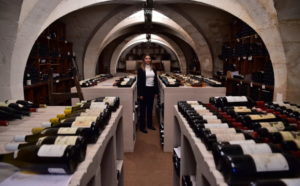
In Paris, many of the most prominent public buildings were open, including the Élysée Palace, where over 20,000 people flocked over the two days. President Emmanuel Macron himself was often on hand to welcome visitors.
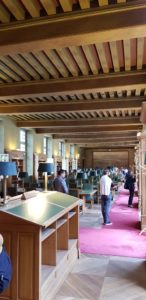
Museums, churches, historic libraries and suchlike invited those who wouldn’t normally set foot in such places, to visit.
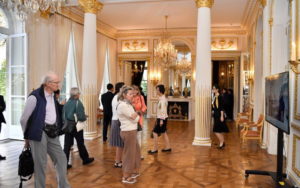
Each arrondissement had buildings and monuments open, ranging from the Palais Royal in the 1st arr. that saw over 10,000 visitors; numerous foreign embassies in the 7th opened, many occupying magnificient historic mansions or hôtels particuliers.
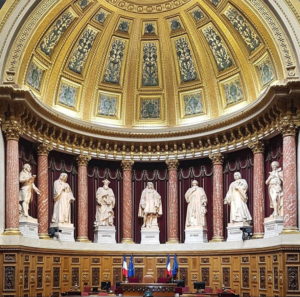
The Palais du Luxembourg, home of the French Sénat in the 6th had thousands of curious visitors; the Jérôme Seydoux-Pathé Foundation in the 13th welcomed cinema enthusiasts; UNESCO in the 13th opened to the public for the first time, promoting not only its international heritage conservation work, but its remarkable mid-20th century art collection .

Even the city’s sauciest cabaret, the legendary ‘Le Crazy Horse’, in the 8th opened its doors, with one of the troupe’s dancers acting as guide. Limited to 16 visitors at a time, pre-booking was essential.
If something a little more off-beat took your fancy, you could’ve visited an Art Deco swimming pool in a little-known area of the 13th called the Butte-aux-Cailles, or perhaps the historic bakery Poilâne, in the 6th to see its original wood-fired ovens and learn about bread-making from one of the artisans, followed by a tasting of their delicious breads.
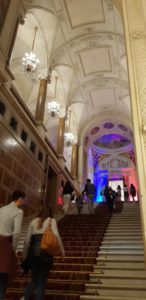
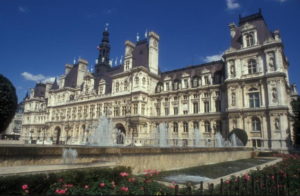
We queued for just over an hour to visit the dazzling Hôtel de Ville in the 4th. Over the years, every time we’d go past this extraordinary building, we would speculate what it would be like to take a peek inside.
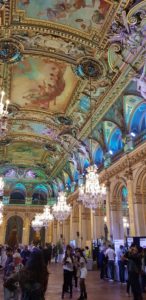
We were amazed at how much of the building we could walk through, not just the breathtaking main reception rooms, but also the council chamber itself and the mayor’s office.

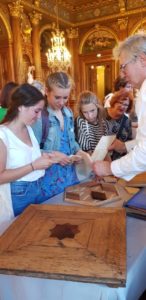
Various craftspeople demonstrated how such things as stonework, ancient locks and keys, furniture-makers and timber floors were repaired and conserved.
Children were encouraged to try their hand at chiselling a stone block, apply gilding, or stuff an antique horsehair-filled sofa.
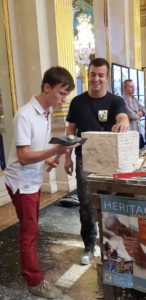
Once in the building, visitors could stay as long as they wished, and move about with surprising freedom.
This year was also memorable for the launch of a French version of Britain’s highly successful National Heritage Lottery. Known as the Loto du Patrimoine (Heritage Lotto), its purpose is to raise funds for the restoration of the country’s vast number of endangered historic buildings and sites.

The lottery draw will take place during the European Heritage Days each year. Most of the profits from both the lottery and related “scratchies” will initially go to 18 endangered historic monuments considered to be a priority, and these will benefit to the tune of between €100,000 and €1m. Over 100 public and private imperilled monuments such as castles, manors, religious complexes, gardens, theatres, military and industrial heritage across the country will also benefit from subsidised restoration projects funded from the lottery. It’s estimated that the Loto du Patrimoine will raise between 15 and 20 million Euros.
The French spend enormous sums on conservation of monuments and sites throughout the country, but with such a huge number of such places, it has only been possible to allocate funds to the country’s most prominent and important places. As someone remarked, it takes a national treasure to save the national treasure.
